Microsoft rolls out fix for Windows 10 forced-reboot bug
The bug triggers forced reboots in affected systems, with no option to stop or delay it
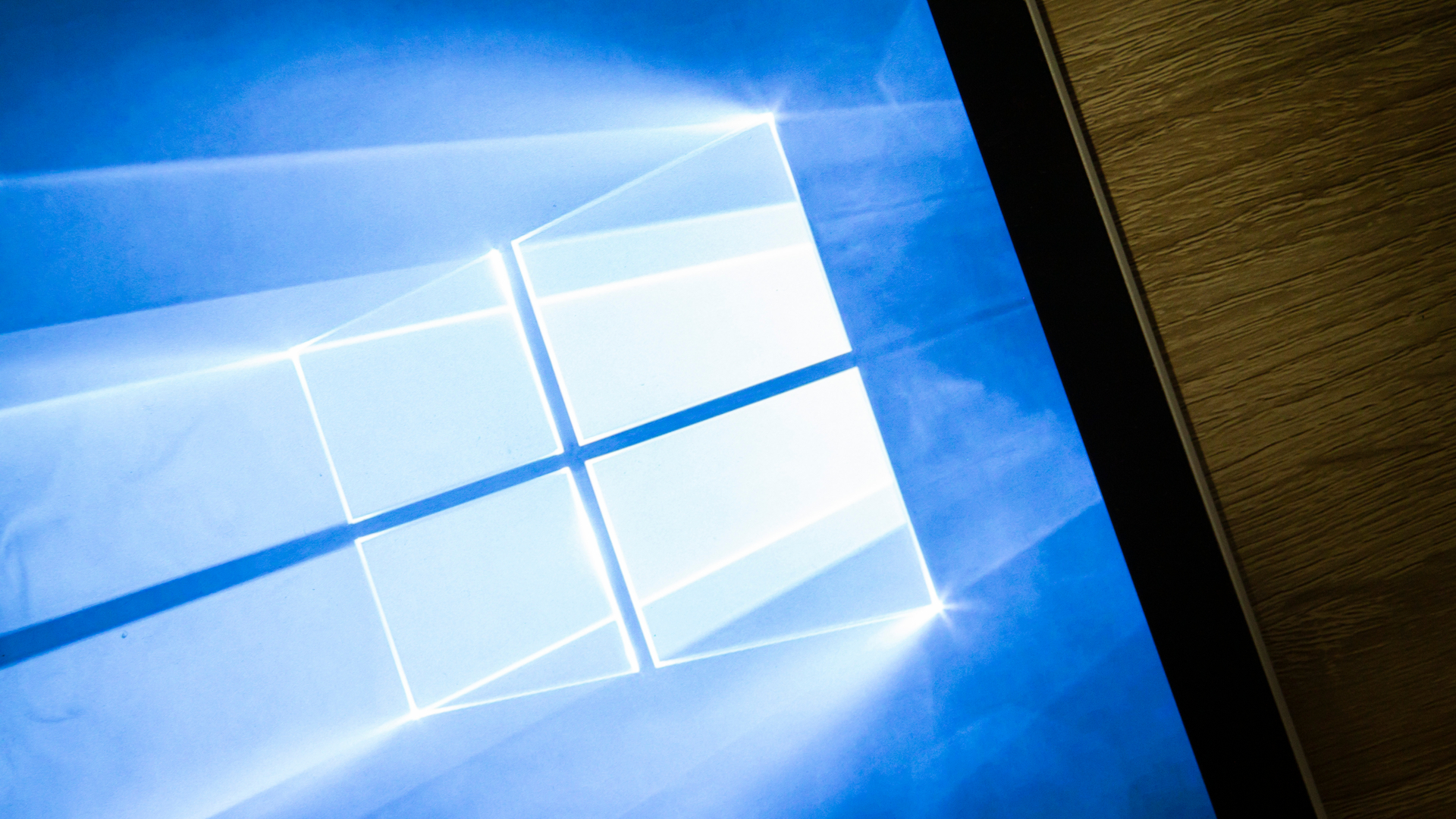
Microsoft is rolling out a fix for a Windows 10 bug that triggered automatic reboots in systems running Windows 10 version 20H2.
Microsoft confirmed the bug in November 2020, stating an issue with the Local Security Authority Subsystem Service (LSASS) on some PCs led to forced reboots on some systems.
The affected machines showed users a dialog box that read “Windows ran into a problem and needs to restart” and that the “PC would automatically restart in one minute.” What’s worse, there was no option to stop or delay the reboot - users had only a minute to save their data.
“Once again, @Windows has restarted without notifying me and caused me to lose some work.was typing note in Notepad, but had not yet transferred it to a Google Doc. Got up to get some water, when I came back my PC was rebooting. Text is gone,” posted an unhappy Windows 10 user on Twitter.
The problem reportedly occurred when users renamed their local accounts. This clashed with Microsoft’s block update that prevents vulnerable systems from updating to the October 2020 update. As a preliminary fix, the tech giant advised users to roll back to the previous version of Windows.
Now, there appears to be a permanent fix. According to Microsoft: "As of January 7th, 2020, this issue is now resolved and the safeguard hold has been removed when devices are using the latest feature update bundles and refreshed media.”
"Please note, if there are no other safeguards that affect your device, it can take up to 48 hours before you will be able to update to Windows 10, version 2004 or Windows 10, version 20H2."
Sign up today and you will receive a free copy of our Future Focus 2025 report - the leading guidance on AI, cybersecurity and other IT challenges as per 700+ senior executives
Microsoft has also resolved another bug that prevents browsers from storing passwords and passphrases following a reboot. The issue caused users to re-enter their passwords, even after enabling the “save password” option.
The bug fixes will soon roll out to PCs running Windows 10 version 20H2. If you rolled back to a previous Windows version, you can manually update to the latest version, but, as mentioned above, there may be up to a 48-hour wait before you can update.
-
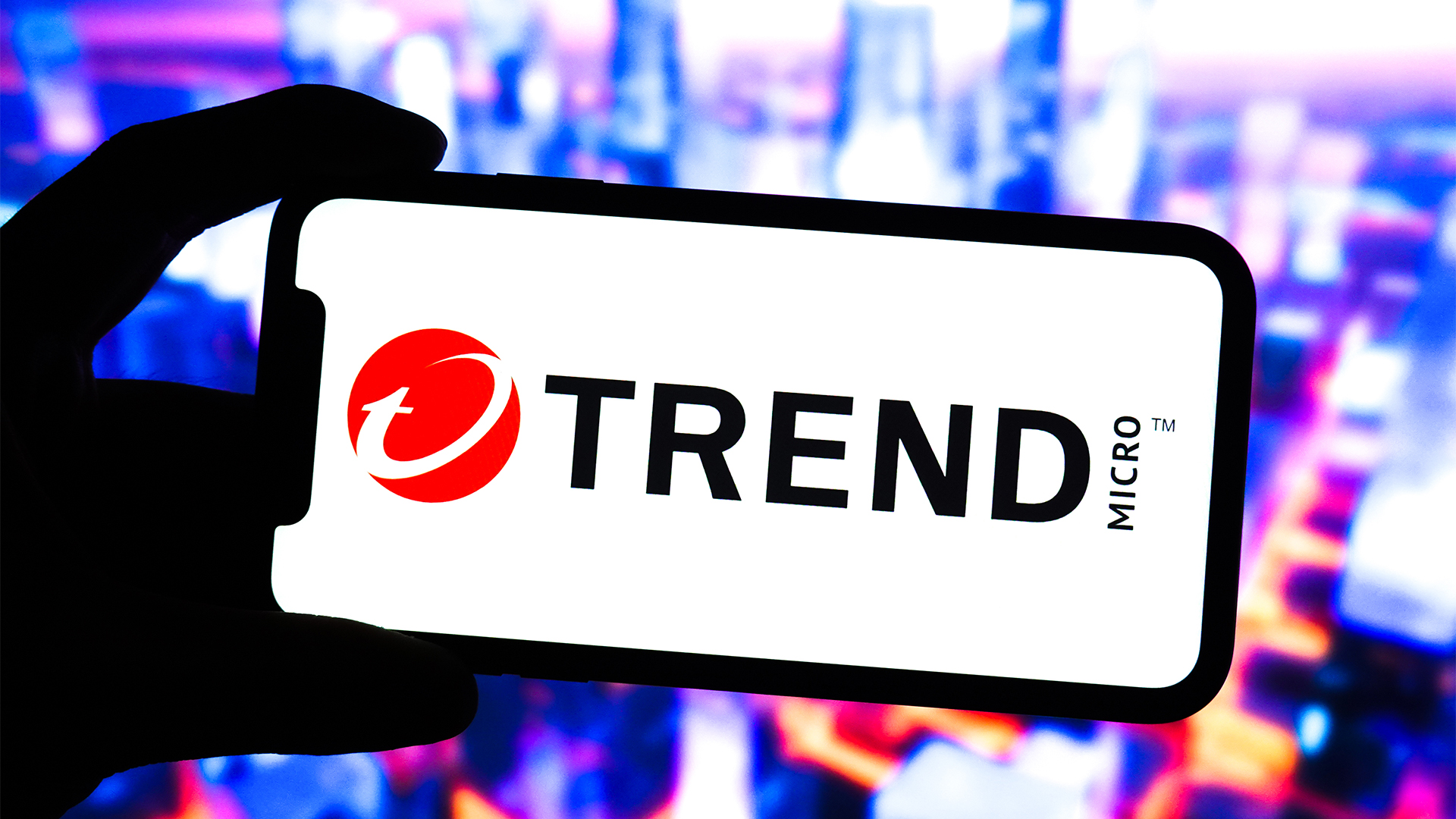 ‘Risk into revenue’: Trend Micro’s new European channel program targets partner growth
‘Risk into revenue’: Trend Micro’s new European channel program targets partner growthNews The vendor’s updated channel framework now includes a unified tier and discount structure across all partner types
-
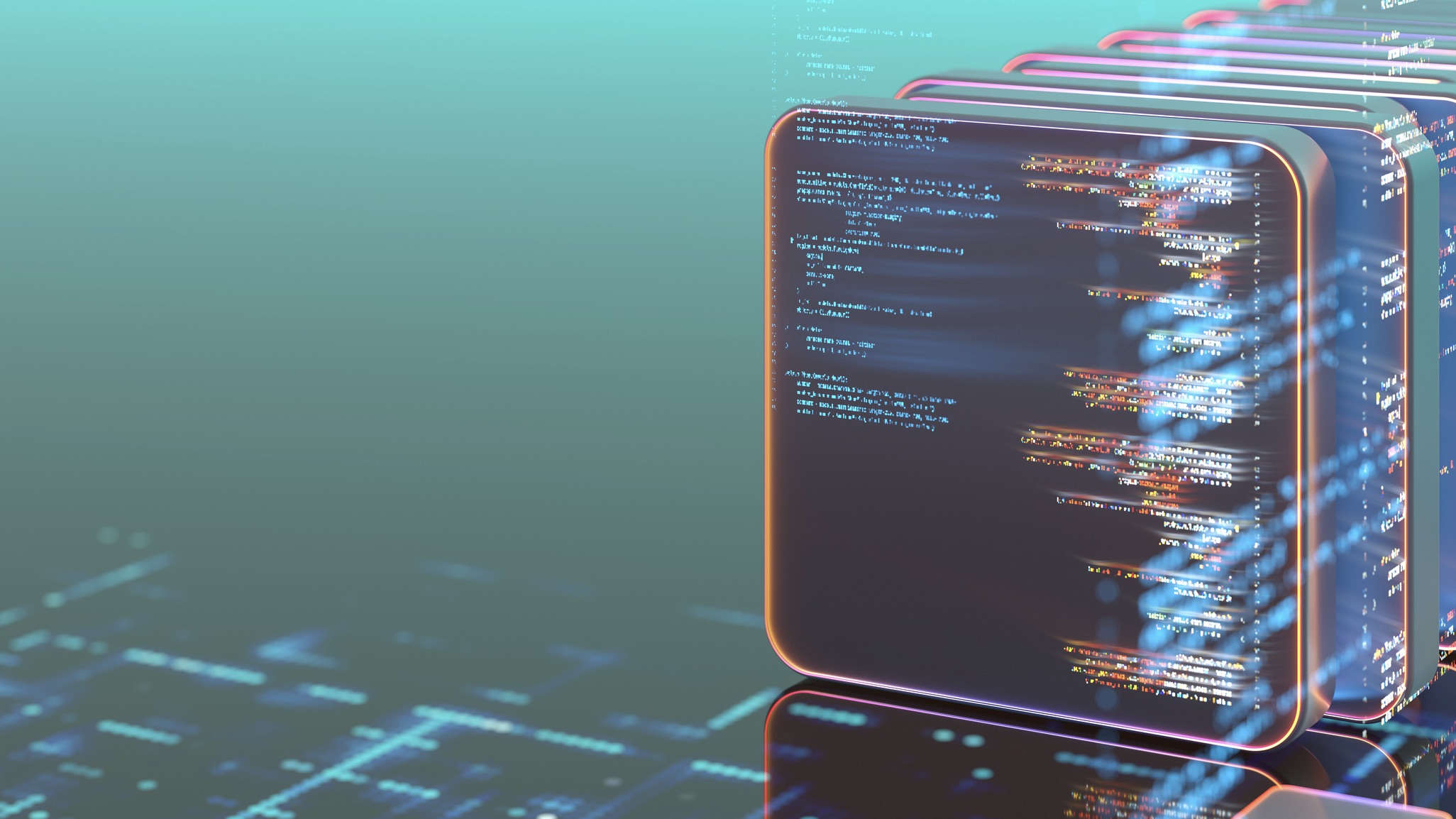 How can businesses handle data sprawl?
How can businesses handle data sprawl?Poor data observability opens the door to security vulnerabilities
-
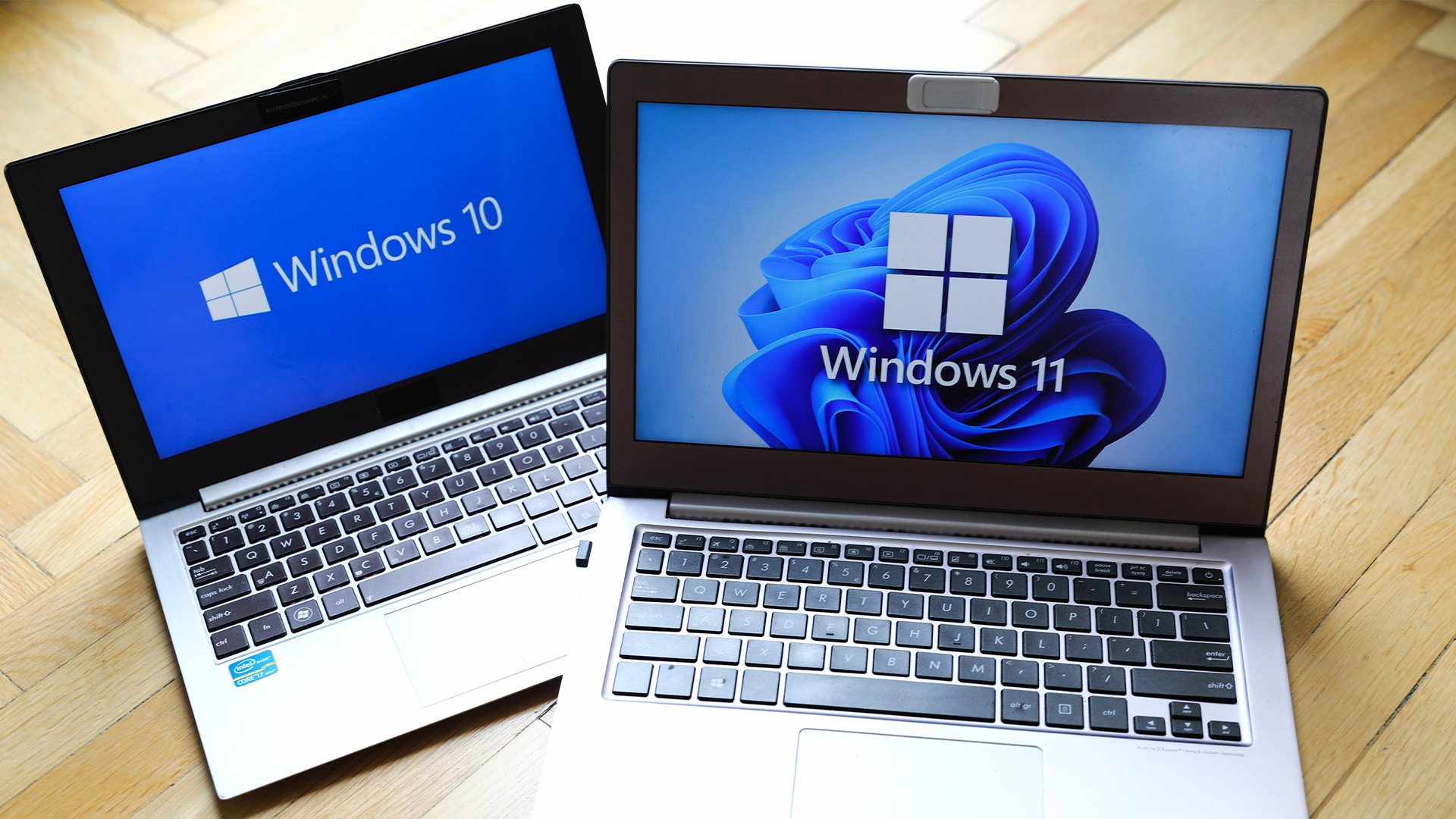 Dragging your feet on Windows 11 migration? Rising infostealer threats might change that
Dragging your feet on Windows 11 migration? Rising infostealer threats might change thatNews With the clock ticking down to the Windows 10 end of life deadline in October, organizations are dragging their feet on Windows 11 migration – and leaving their devices vulnerable as a result.
-
 Recall arrives for Intel and AMD devices after months of controversy
Recall arrives for Intel and AMD devices after months of controversyNews Microsoft's Recall feature is now available in preview for customers using AMD and Intel devices.
-
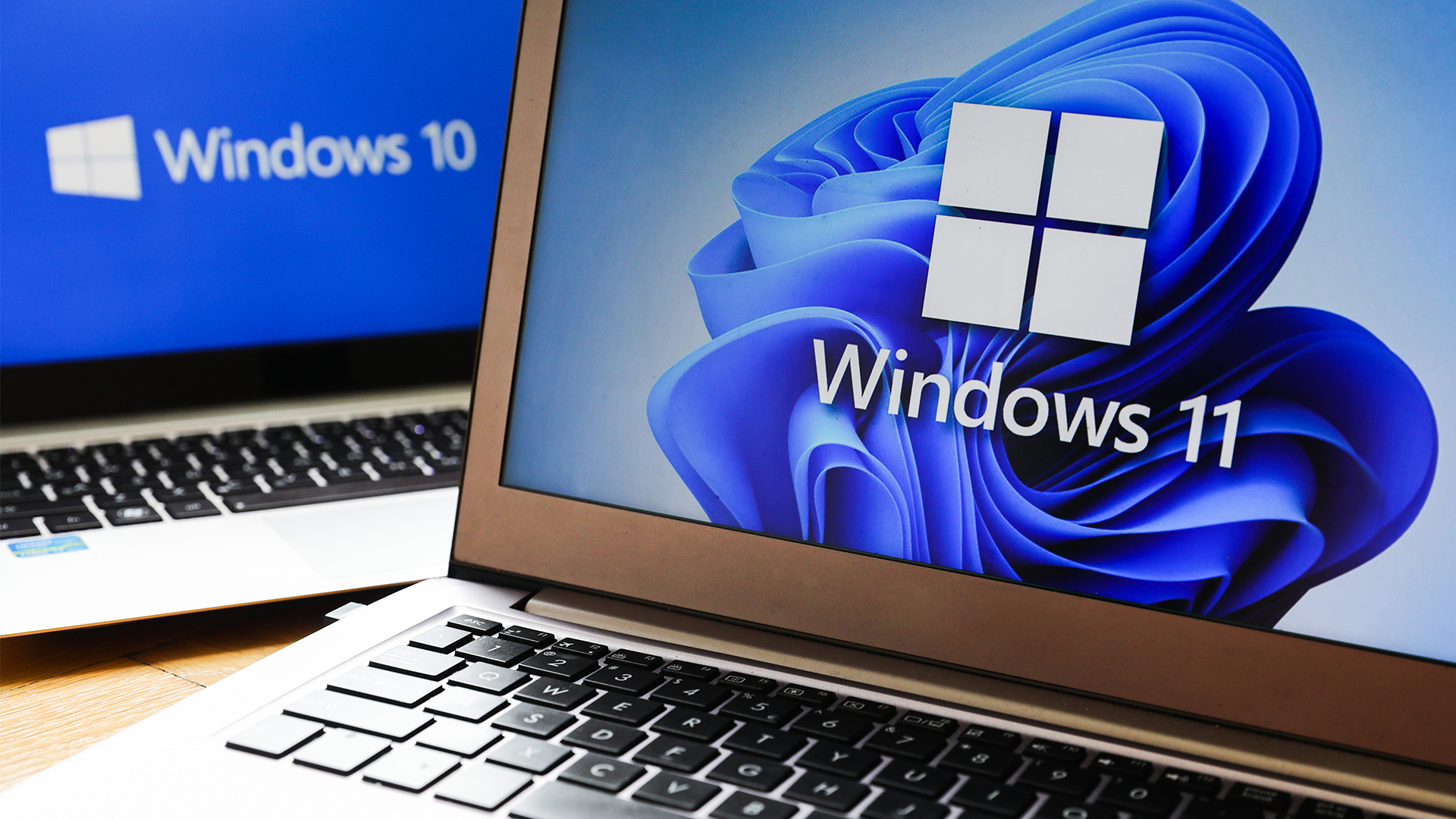 With one year to go until Windows 10 end of life, here’s what businesses should do to prepare
With one year to go until Windows 10 end of life, here’s what businesses should do to prepareNews IT teams need to migrate soon or risk a plethora of security and sustainability issues
-
 Microsoft is doubling down on Widows Recall, adding new security and privacy features – will this help woo hesitant enterprise users?
Microsoft is doubling down on Widows Recall, adding new security and privacy features – will this help woo hesitant enterprise users?News The controversial AI-powered snapshotting tool can be uninstalled, Microsoft says
-
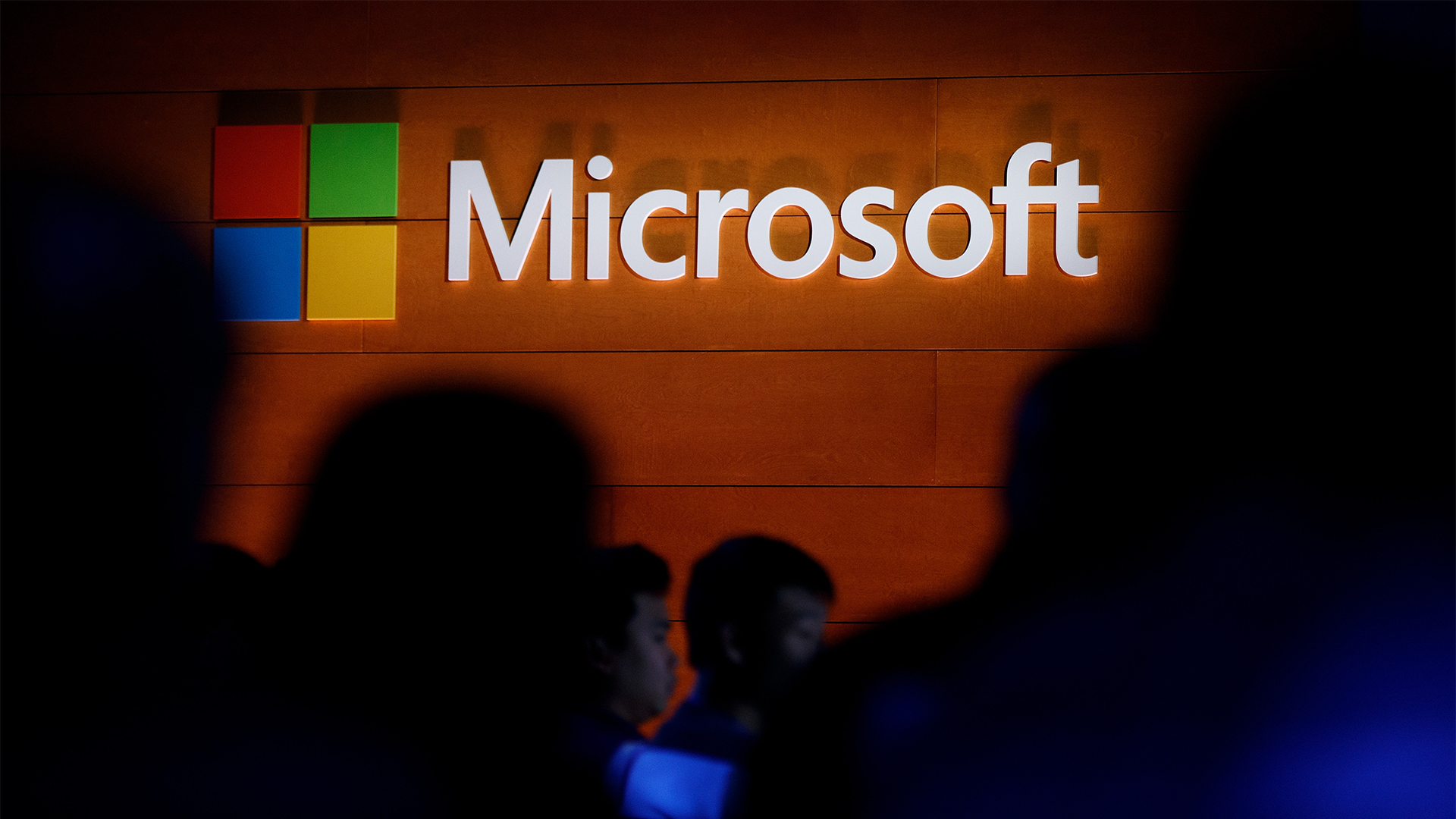 Microsoft patches rollback flaw in Windows 10
Microsoft patches rollback flaw in Windows 10News Patch Tuesday includes protection for a Windows 10 "downgrade" style attack after first being spotted in August
-
 Companies “wary” of Windows 11 migration challenges as Windows 10 EOL draws closer
Companies “wary” of Windows 11 migration challenges as Windows 10 EOL draws closerNews A recent study shows that only a fraction are running Windows 11, despite a rapidly-approaching end of life deadline
-
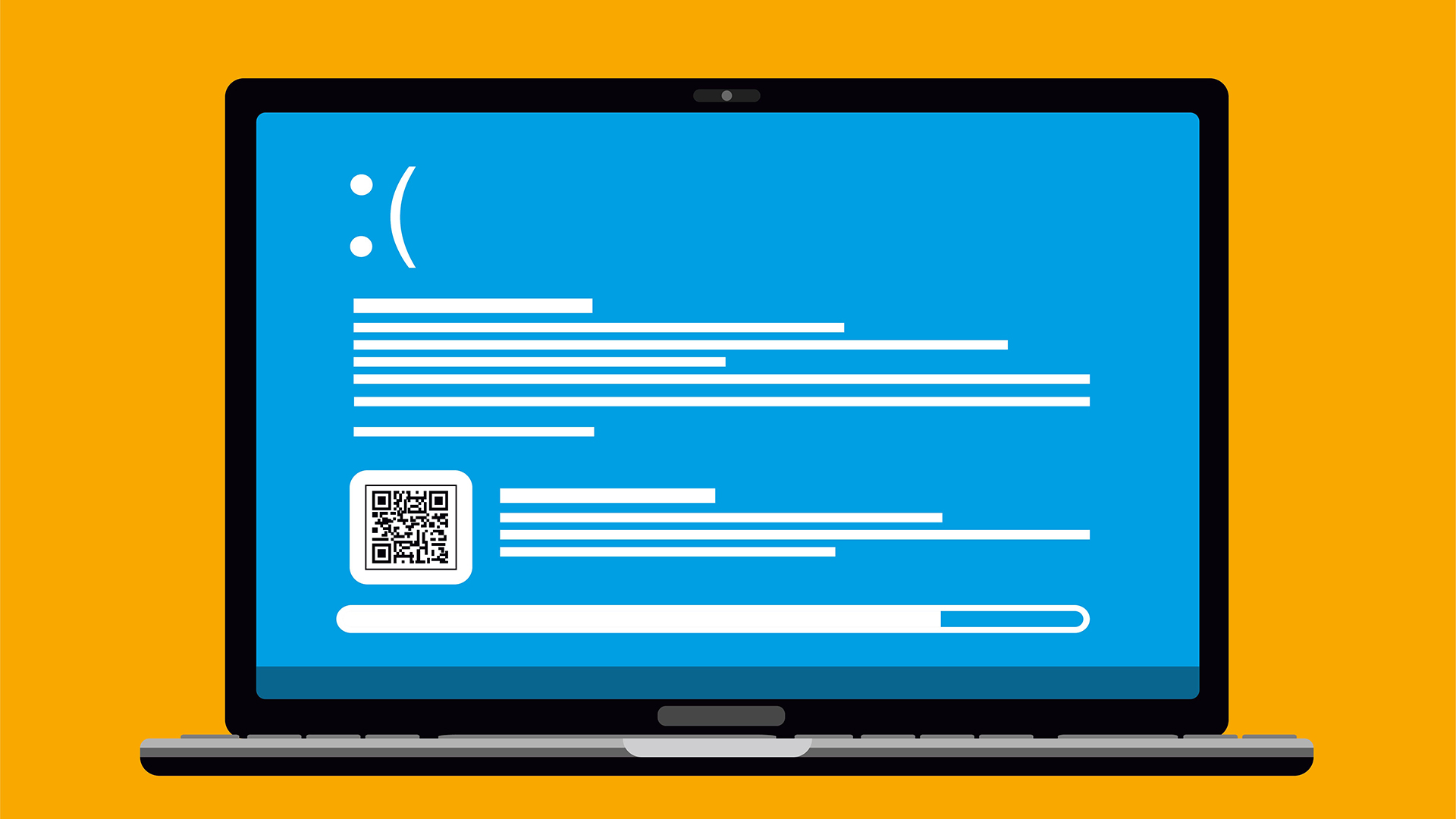 New Windows vulnerability could repeatedly trigger the blue screen of death on millions of devices
New Windows vulnerability could repeatedly trigger the blue screen of death on millions of devicesNews Attackers could exploit the Windows vulnerability to repeatedly crash machines and trigger a blue screen of death, according to researchers at Fortra
-
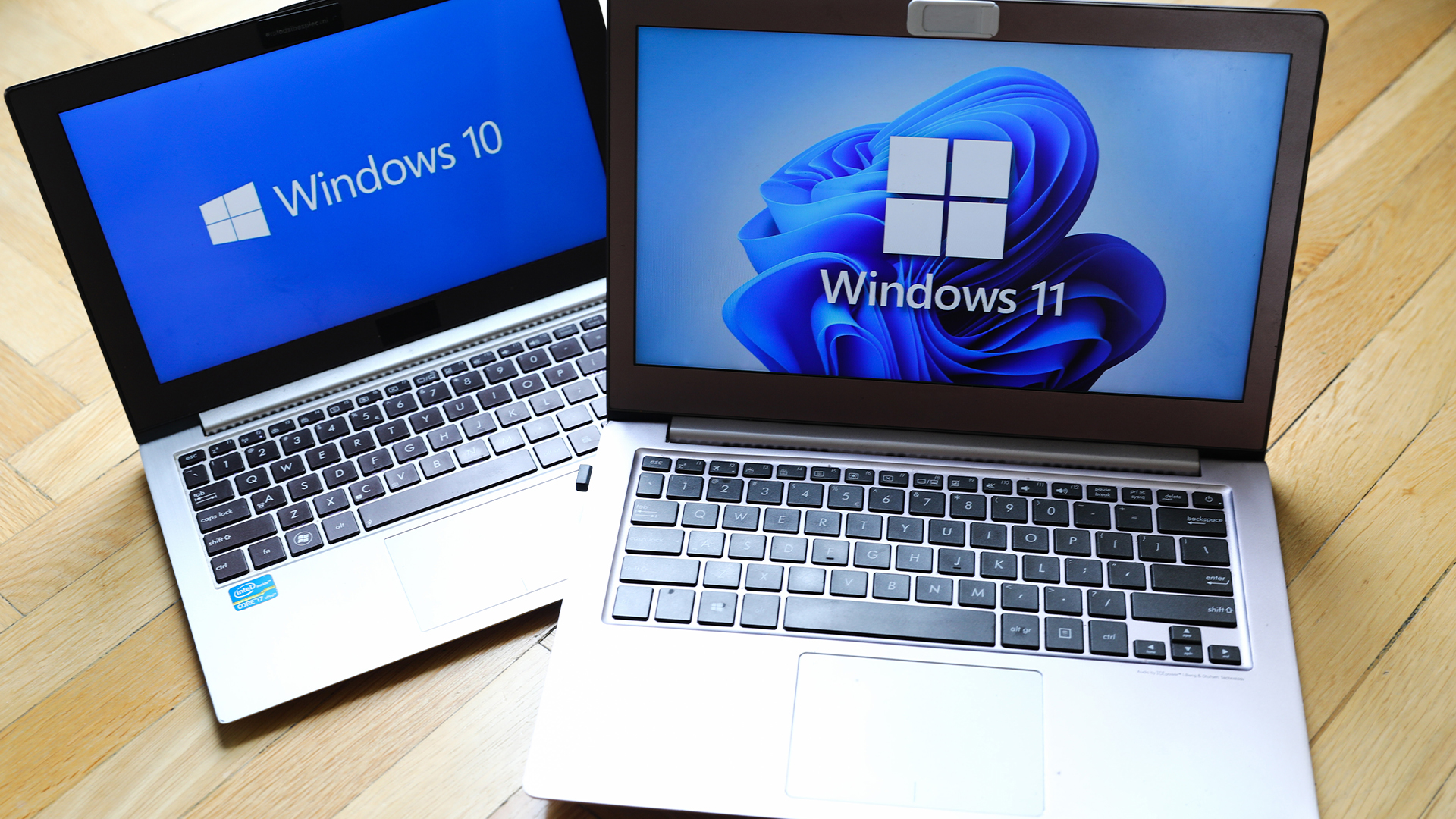 Here’s how much Windows 10 could cost if you don’t upgrade this year
Here’s how much Windows 10 could cost if you don’t upgrade this yearNews Windows 10 extended security updates will cost users dearly, with prices rising incrementally each year.